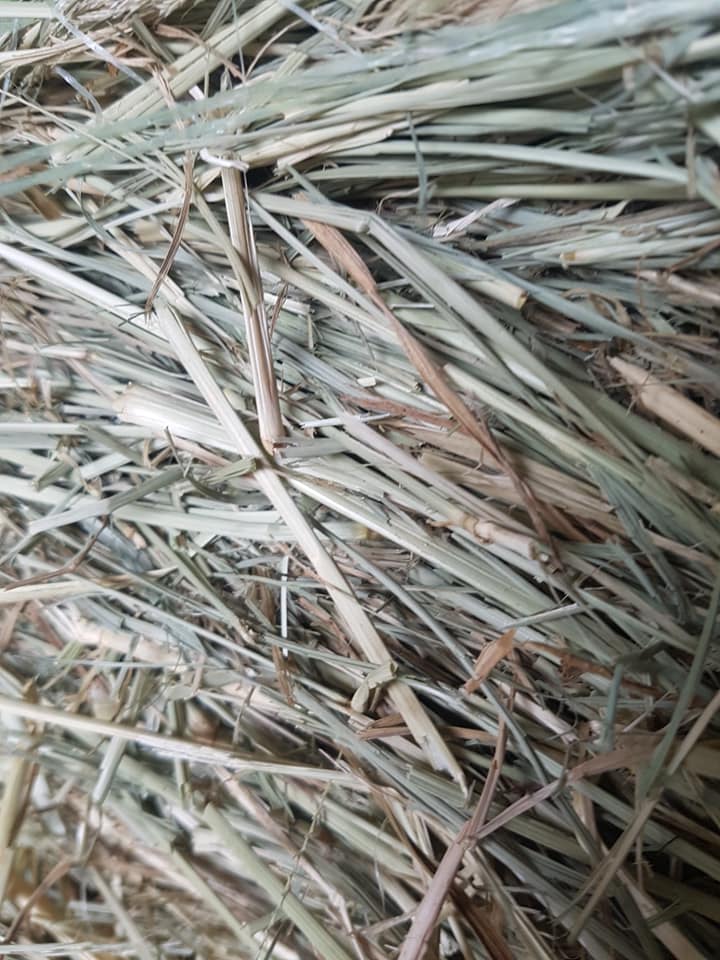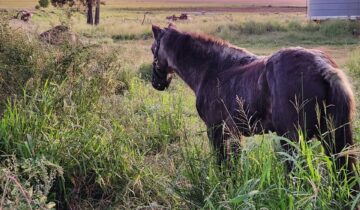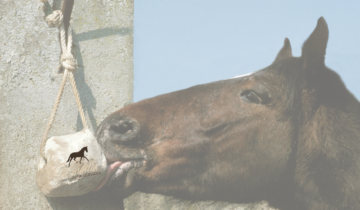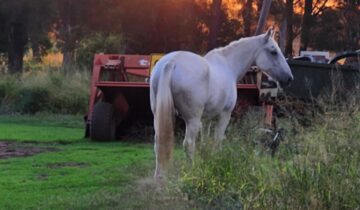We hear many words in the equine world on what is appropriate to feed our horses, is can be a minefield. What we do know for certain, is that horses have evolved to be foraging or browsing herbivores. What does that mean? It means grasses, leaves, shrubs, flowers, seeds, bark and even soil. But our current day horses aren’t roaming animals, they have been domesticated by humans for thousands of years and as a result of that, a world of confusion over what to feed.
Pony owners, in particular, have to be mindful that they are susceptible to Metabolic Syndrome aka Insulin Dysregulation/Insulin Resistance. This means they are intolerant of excessive consumption of carbohydrates. Which puts them at risk of obesity and laminitis.
The most important aspect of a horse’s diet is forage…what I mentioned above. In South East Queensland we have mostly improved species planted for production animals, ie sheep and cattle. Seteria, Kikuyu, Signal, Couch to name a few. Rhodes is also planted for cattle and is far more beneficial for horses than the aforementioned. In an ideal world, we would have multispecies pastures suitable for horses. Unfortunately, we don’t always, so we have to work with what we’ve got.
The foundation of an equine diet should be forage/pasture/hay, the caveat being if a horse has a metabolic or other condition that precludes them from consuming a fluctuating sugar and starch diet. (A wonderful discussion at a later date with either your vet or myself) Eating pasture and other herbage provides important nutrients such as fibre, protein, fats, vitamins and minerals to your horse as well as its microbiome – a place of lots of excitement in the cecum!
Did you know that the horse’s microbiome produces B vitamins that the horse can utilise? We all hear about Biotin, right? Your horse eats, fibre feeds microbes and SHIZAM, Biotin is produced. It’s important to note that pastures/hays won’t meet all the nutritional needs of the horse, which is where a carrier and supplement – Wandilla Mineral Mix come in! Helping you understand what is missing from your horse’s diet in terms of trace and major minerals that are required in ppm and gram amounts respectively.




 No products in the cart.
No products in the cart.